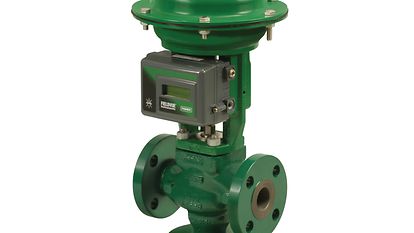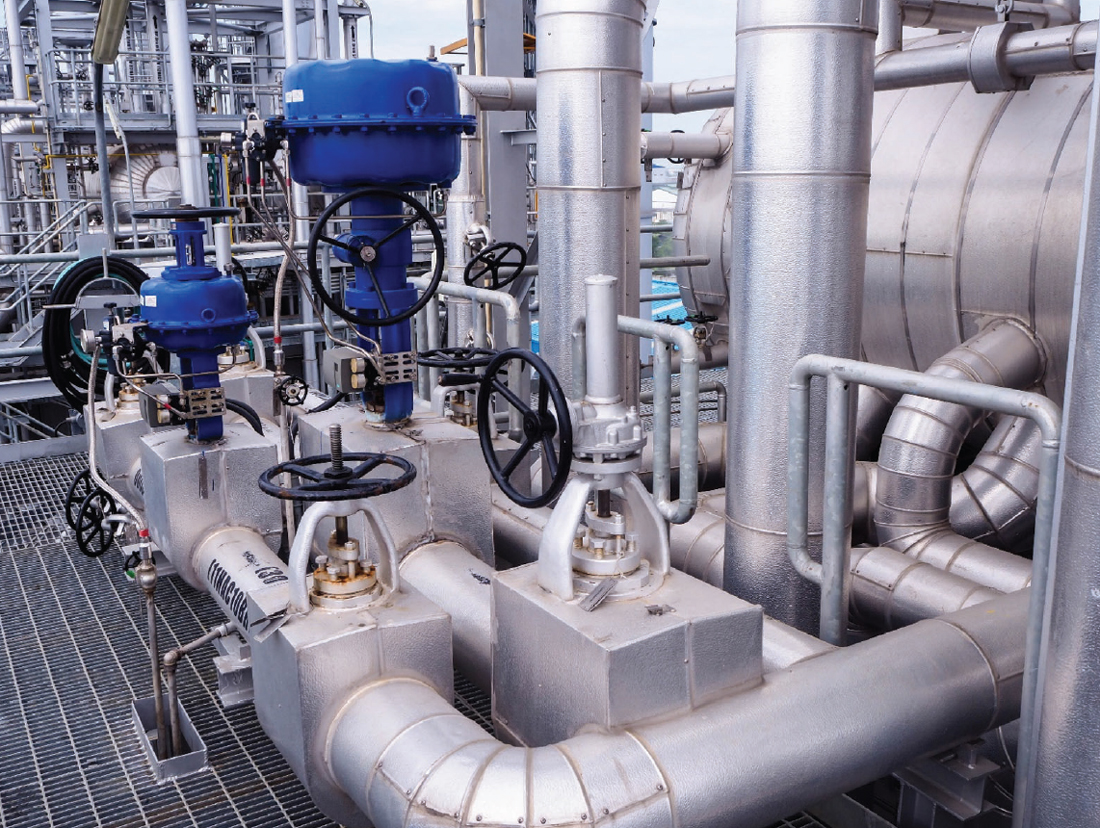Recognizing the Relevance of Control Valves in Process Automation
Recognizing the Relevance of Control Valves in Process Automation
Blog Article

Maximize Power Savings and Convenience With Advanced Building Automation Controls
In the realm of modern-day architecture and center administration, the combination of innovative building automation manages stands as a pivotal innovation. By using the power of automation, buildings can adjust, react, and develop in means that were when unimaginable.
Power Performance Advantages
Power efficiency advantages can dramatically minimize power consumption and functional costs in buildings. By implementing energy-efficient practices and innovations, building owners and drivers can achieve considerable financial savings while additionally contributing to environmental sustainability. One of the main benefits of improving energy effectiveness in structures is the decrease of energy bills. Energy-efficient systems, such as advanced building automation controls, can enhance using sources like illumination, air conditioning, and home heating, leading to lower energy expenses gradually.
Additionally, improved energy performance can prolong the lifespan of building equipment and systems. By running a lot more effectively, HVAC systems, lighting fixture, and other structure elements experience less damage, causing decreased upkeep and substitute costs. In addition, energy-efficient structures usually command greater home values and rental rates, giving lasting economic benefits to owners.
Additionally, energy efficiency can boost passenger comfort and productivity. Effectively controlled indoor atmospheres with optimal lighting and thermal conditions create an even more helpful and pleasant office, resulting in boosted employee complete satisfaction and efficiency. In general, the power efficiency benefits related to sophisticated structure automation controls are diverse, incorporating cost financial savings, environmental stewardship, and passenger well-being.
Improved Convenience Control
Enhancing comfort control in building environments calls for an advanced assimilation of advanced automation systems for optimum occupant well-being. By utilizing innovative structure automation controls, centers can customize the interior setting to satisfy the particular needs and choices of owners. control valves.
By including these innovative controls, buildings can not just enhance convenience however also improve power effectiveness by maximizing system operations based on actual occupancy and use patterns. Inevitably, prioritizing resident comfort through sophisticated automation systems leads to a much more pleasurable and much healthier interior setting.
Operational Performance Improvements

Moreover, the application of real-time monitoring and analytics devices enables building drivers to determine power ineffectiveness and operational abnormalities without delay. By continuously monitoring energy use patterns and system performance metrics, adjustments can be made in real-time to enhance power consumption and make sure peak functional effectiveness. control valves. Furthermore, including need reaction approaches into structure automation controls can additionally boost operational performance by dynamically adjusting energy use based on grid problems and pricing signals
Indoor Climate Optimization
Effective interior environment optimization is a fundamental aspect of structure automation controls, making certain occupants' comfort and well-being while maximizing energy cost savings. By using innovative sensing units and controls, building automation systems can continuously check and adjust temperature, moisture degrees, air quality, and ventilation to create an optimal interior environment. Preserving comfy and regular conditions not only enhances resident satisfaction but likewise increases efficiency and overall well-being.
Indoor environment optimization likewise plays a vital duty in power effectiveness. By fine-tuning cooling, air flow, and home heating systems based upon real-time information and tenancy patterns, building automation controls can substantially minimize energy consumption - control valves. Executing techniques such as demand-controlled air flow and thermal zoning can aid reduce energy waste while ensuring that each location of the building obtains the needed conditioning.

Lasting Setting Creation
Building automation controls not only maximize interior climate conditions for energy effectiveness and passenger convenience however likewise lay the structure for creating a lasting setting via critical management of sources and systems. By useful link incorporating sophisticated building automation technologies, such as sensors, actuators, and smart software application, centers can check and readjust energy usage in real-time to lessen waste and decrease their carbon impact. These systems allow predictive upkeep, recognizing possible problems prior great post to read to they rise and enhancing equipment performance to boost durability and efficiency.
Moreover, lasting environment creation extends past energy management to incorporate water conservation, waste reduction, and indoor air quality enhancement. Building automation controls can manage water usage, detect leaks, and ensure appropriate waste disposal methods, adding to total sustainability efforts. Furthermore, by controlling and checking ventilation and filtration systems, these innovations enhance resident wellness and efficiency while reducing energy intake related to HVAC operations.
Final Thought
In final thought, progressed building automation manages offer substantial advantages in regards to power financial savings, convenience control, functional efficiency, interior climate optimization, and producing a lasting environment. By applying these controls, buildings can achieve optimum performance while reducing energy usage and boosting occupant comfort. It is obvious that using sophisticated automation modern technology is essential in improving building efficiency and developing an extra sustainable future.
Energy effectiveness benefits can considerably minimize power intake and operational costs in structures. In general, the energy effectiveness benefits connected with sophisticated building automation controls are complex, encompassing cost savings, environmental stewardship, and occupant well-being.
Additionally, incorporating need feedback approaches right into structure automation controls can better boost operational efficiency by dynamically adjusting power usage based on grid problems and rates signals.
Building automation controls not just maximize indoor climate conditions for energy performance and passenger comfort yet additionally lay the foundation for producing here a sustainable setting with tactical management of systems and sources.In verdict, progressed building automation regulates deal considerable advantages in terms of power savings, convenience control, operational efficiency, interior climate optimization, and developing a lasting setting.
Report this page